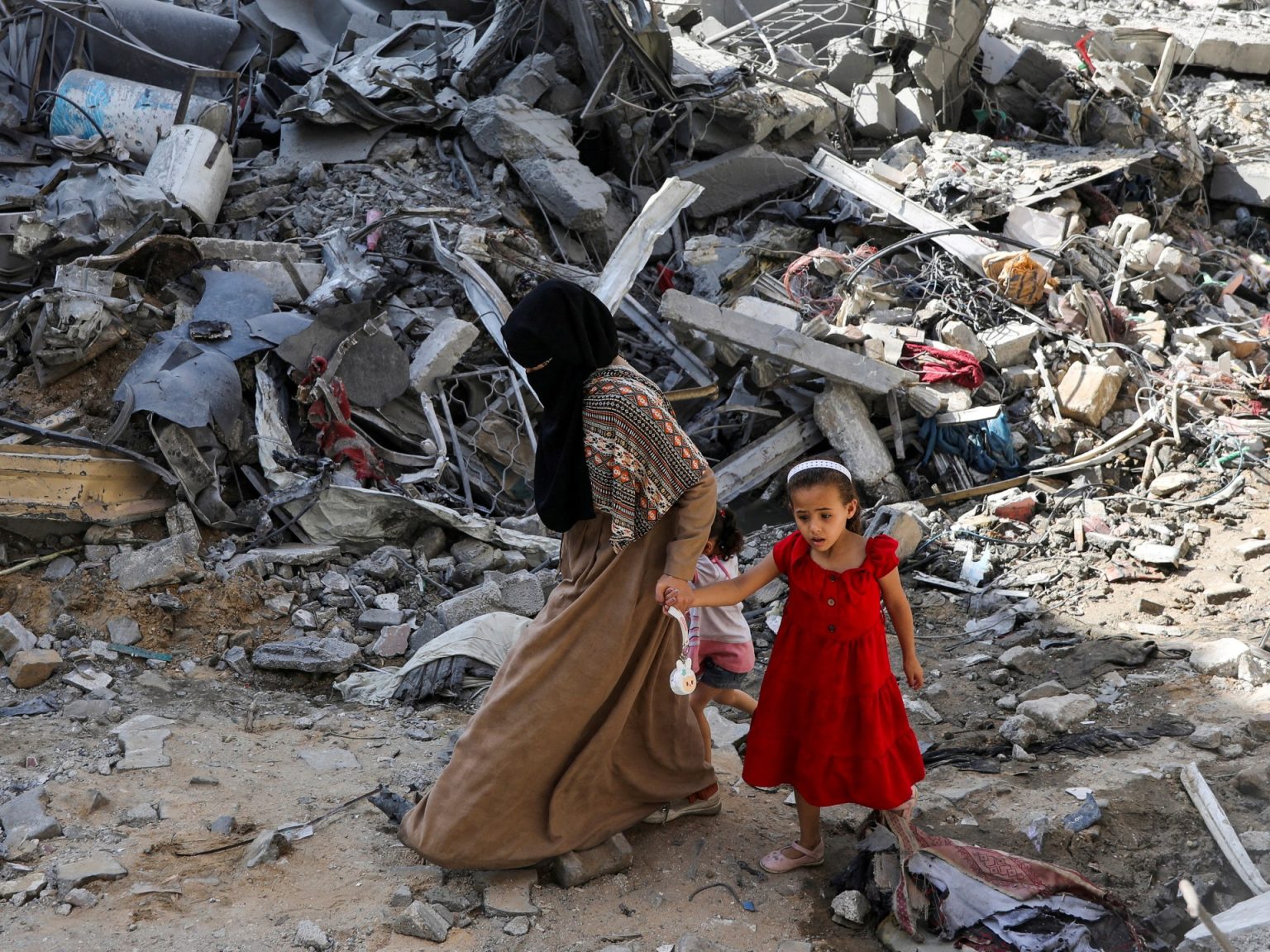In 2023, the number of armed conflicts worldwide reached 59, with the majority occurring in Africa. This marked the highest number of armed conflicts since the end of World War II, according to a study by the Peace Research Institute of Oslo (PRIO). The wars in Ukraine and Gaza were the most significant conflicts, with 28 taking place in Africa, 17 in Asia, and 10 in the Middle East. Europe experienced only three conflicts, while the Americas had one. Despite the increase in conflicts, the number of countries affected decreased from 39 in 2022 to 34.
The rise in conflicts can be attributed in part to the expansion of ISIL (ISIS) in Asia and the Middle East, as well as the involvement of more non-state actors in conflicts. This has made it increasingly challenging for NGOs and civil society organizations to navigate the complex conflict landscape and improve the lives of ordinary people. Siri Aas Rustad, a researcher at PRIO, noted that this trend poses significant challenges for those working in conflict zones.
Data from Uppsala University in Sweden showed that the number of combat-related deaths in 2023 decreased to 122,000, which was half of the previous year’s total. However, the past three years have seen more conflict-related deaths than any time in the past three decades. Major conflicts, such as the civil war in Ethiopia’s Tigray region, the Russian invasion of Ukraine, and the assault on Gaza, have contributed to this high number of fatalities. Rustad highlighted that global violence is at an all-time high since the end of the Cold War.
The complexity of the conflict landscape has increased with multiple actors operating within the same country, adding to the challenges faced by those seeking to address conflict and provide aid. The involvement of non-state actors and the spread of extremist groups like ISIL have further complicated the situation, making it harder for peace-building efforts to be successful. The impact of these conflicts extends beyond the immediate casualties, affecting the stability and well-being of entire regions.
Efforts to address and prevent armed conflicts must take into account the evolving nature of conflict, including the involvement of non-state actors and the increasing complexity of conflict dynamics. International cooperation and diplomatic efforts are crucial in resolving conflicts and promoting peace. The role of NGOs, civil society organizations, and aid groups remains vital in addressing the needs of affected populations and helping to rebuild societies torn apart by war.
In conclusion, the increase in armed conflicts worldwide highlights the urgent need for effective peace-building strategies and conflict resolution mechanisms. The rise in conflict-related deaths underscores the devastating impact of violence on communities and underscores the importance of addressing root causes of conflict. Sustainable peace can only be achieved through collaborative efforts at local, regional, and international levels, with a focus on protecting vulnerable populations and promoting dialogue and reconciliation.














